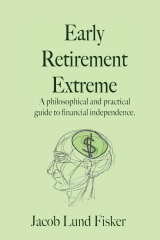One of the things that wasn’t very satisfying to me when I was a salaried employee—I tend to think of it as a retainer—was the tremendous amounts of inefficiency resulting from the difference between manufacturing a creative work and doing assembly line work. Assembly line has a reasonable good correlation between time spent working and actual output. 1 hour is 1 unit, 2 hours are 2 units, etc.
Conversely, creative work happens in brief spurts of 1-2 hours followed by a lull that can last days or weeks depending on the intensity of the productive period. The correlation between time and output is very poor. Therefore, it makes no sense at all to pay creatives using the salary model.
I am wondering whether this is a well-known white collar secret and everybody is just pretending that it is not the case by doing busy-work, that is, pretending to work while doing nothing useful for the rest of the time such as writing reports and summaries, going to seminars and meetings, and preparing talks for conferences that are reruns of last year’s conferences, and otherwise putting tremendous amounts of efforts into communications that could be cleared with a simple email. I suspect an entire system has been created to make creatives look productive while in reality they’re really only productive a few hours a day.
(Someone who can be creatively productive 8+ hours a day is called a “force of nature” and those are rare indeed. Da Vinci was a force of nature.)
I also wonder whether those that do well as creative employees are the ones that actually enjoy this kind of “low impact” busy-work and water cooler talk.
I didn’t.
As I am no longer retained, I can apply my effort to where it is most efficient. However, I will not be able to make as much as a salaried person since I am not a force of nature. I am okay with that.
Which would you rather do?
Work only 1 hour a day at $40/hr—you can only have one hour. Or work 8 hours at $10/hr?
Originally posted 2009-09-23 00:32:08.

